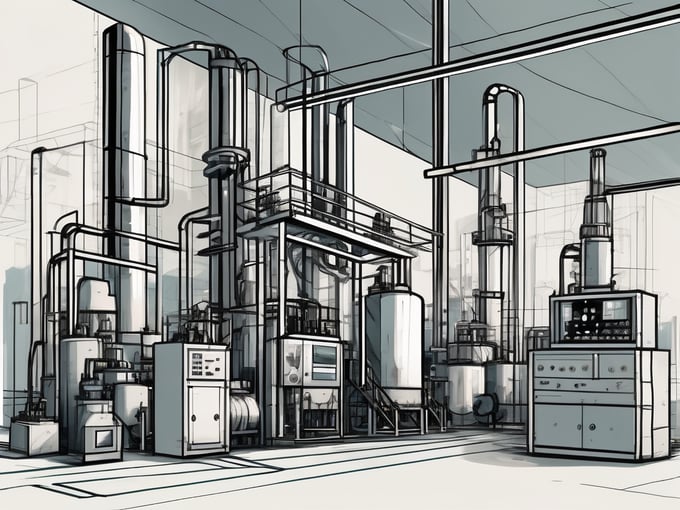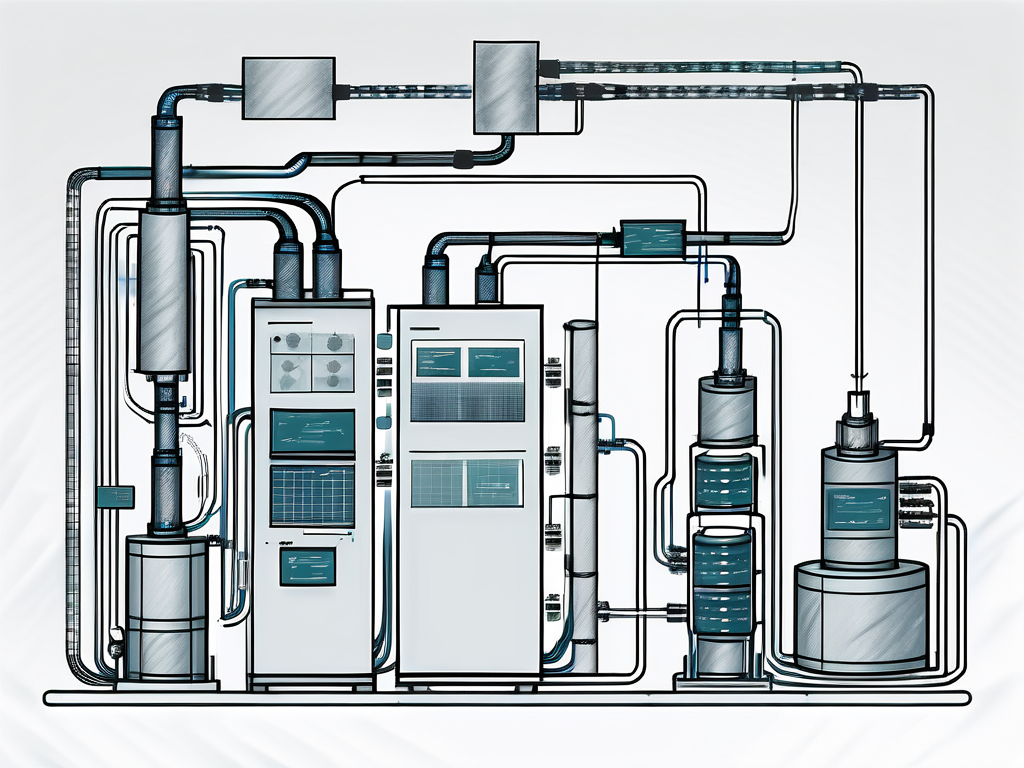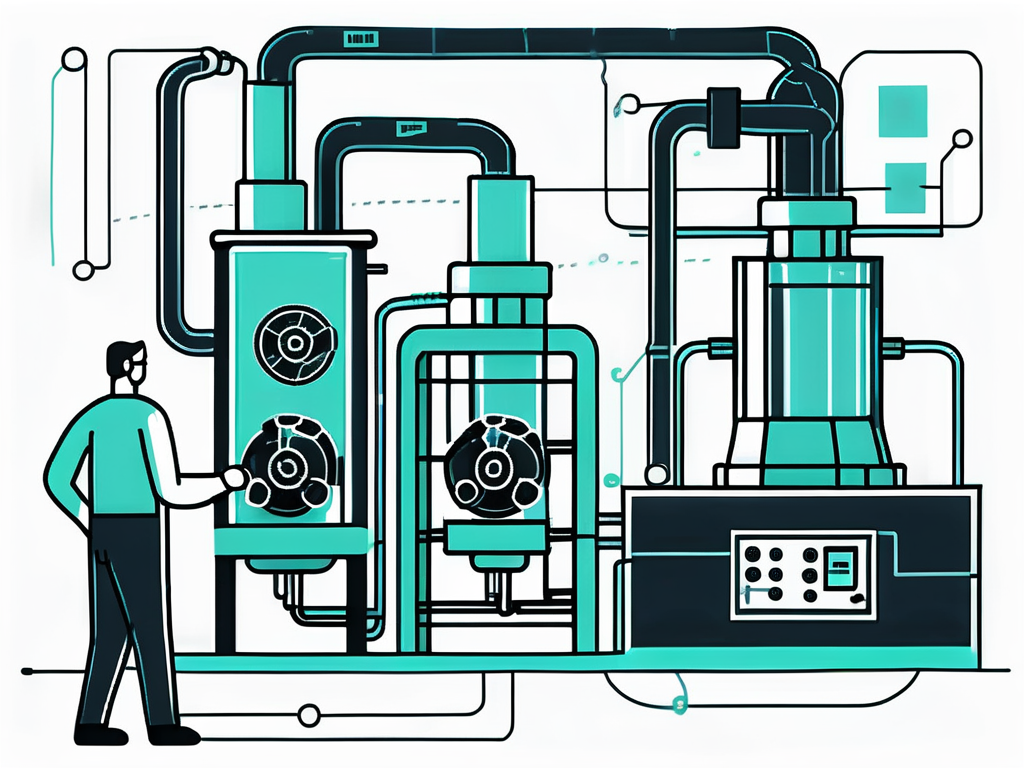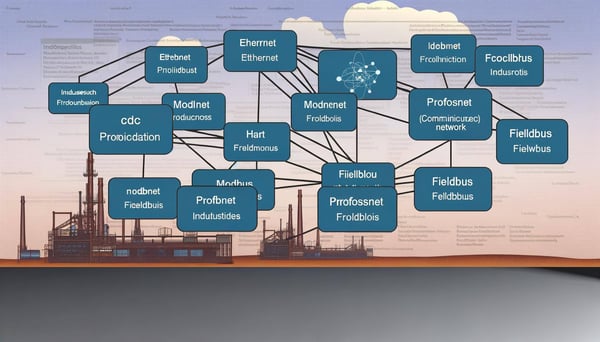
Fundamentals of MelsecNet/B
In the world of industrial automation, communication protocols play a pivotal role in ensuring seamless integration and interoperability of various devices and systems. One such protocol that has gained significant traction in the industry is MelsecNet/B. Developed by Mitsubishi Electric, MelsecNet/B is a high-speed, high-performance industrial network protocol that facilitates robust and reliable data communication between PLCs, computers, and other automation equipment.
Understanding MelsecNet/B
MelsecNet/B is a part of the MelsecNet series of network systems designed for Mitsubishi's MELSEC series of PLCs. It is a token-passing protocol that operates on a deterministic basis, ensuring that data is transmitted in a predictable and consistent manner. This deterministic nature makes MelsecNet/B particularly suitable for applications that require real-time control and high-speed data transfer.

One of the key features of MelsecNet/B is its ability to support both cyclic and transient data communication. Cyclic data communication involves the regular exchange of data at fixed intervals, while transient data communication is used for on-demand data transfer. This flexibility allows MelsecNet/B to cater to a wide range of industrial automation needs.
Network Topologies Supported by MelsecNet/B
MelsecNet/B supports two primary types of network topologies: loop and bus. In a loop topology, each device is connected to two other devices, forming a loop. This topology provides high reliability as it allows for communication to continue even if one link is broken. In a bus topology, all devices are connected to a common communication line. While this topology is simpler and more cost-effective, it is less reliable as a break in the communication line can disrupt the entire network.
Regardless of the topology, MelsecNet/B supports up to 64 stations, with each station capable of handling up to 8192 words of data. This high data handling capacity makes MelsecNet/B suitable for large-scale automation systems.
Implementing MelsecNet/B
Implementing MelsecNet/B in an industrial automation system involves several steps. The first step is to design the network topology based on the specific requirements of the system. This involves determining the number of stations, the type of topology (loop or bus), and the data handling capacity of each station.

Once the network design is finalized, the next step is to configure the PLCs and other devices for MelsecNet/B communication. This involves setting the network parameters such as station number, data size, and communication speed. Mitsubishi provides a range of software tools and utilities to facilitate this configuration process.
Hardware Requirements
MelsecNet/B requires specific hardware components to facilitate communication. These include a network interface card for each PLC or device, and a network cable to connect the devices. The type of cable used depends on the network topology and the distance between the devices. For example, a coaxial cable is typically used for bus topology, while a fiber optic cable is used for loop topology.
In addition to the network interface card and cable, a termination resistor is also required at the end of the network to prevent signal reflection. The value of the termination resistor should match the characteristic impedance of the cable.
Benefits of MelsecNet/B
MelsecNet/B offers several benefits that make it a preferred choice for industrial automation systems. Firstly, its high-speed, deterministic nature ensures reliable and real-time data communication, which is critical for many industrial applications.
Secondly, its support for both cyclic and transient data communication provides flexibility in meeting diverse automation needs. Whether it's regular monitoring of sensor data or on-demand control of actuators, MelsecNet/B can handle it all.
Scalability and Robustness
With support for up to 64 stations and 8192 words of data per station, MelsecNet/B offers high scalability, making it suitable for both small-scale and large-scale systems. Furthermore, its support for loop topology provides robustness against network failures, ensuring uninterrupted operation of the automation system.
Lastly, the wide range of hardware and software support provided by Mitsubishi makes the implementation of MelsecNet/B a relatively straightforward process. Whether you're an automation engineer looking to design a new system or a technician tasked with maintaining an existing system, MelsecNet/B offers a reliable and efficient solution for your industrial communication needs.
Conclusion
In conclusion, MelsecNet/B is a powerful industrial network protocol that offers high-speed, reliable, and flexible data communication for industrial automation systems. With its robust design, high scalability, and wide support, MelsecNet/B is well-equipped to meet the demanding needs of today's industrial automation landscape.
As the world of industrial automation continues to evolve, protocols like MelsecNet/B will play an increasingly important role in ensuring the seamless integration and interoperability of various devices and systems. By understanding and leveraging the capabilities of MelsecNet/B, businesses can enhance the efficiency and reliability of their automation systems, thereby driving operational excellence and competitive advantage.



